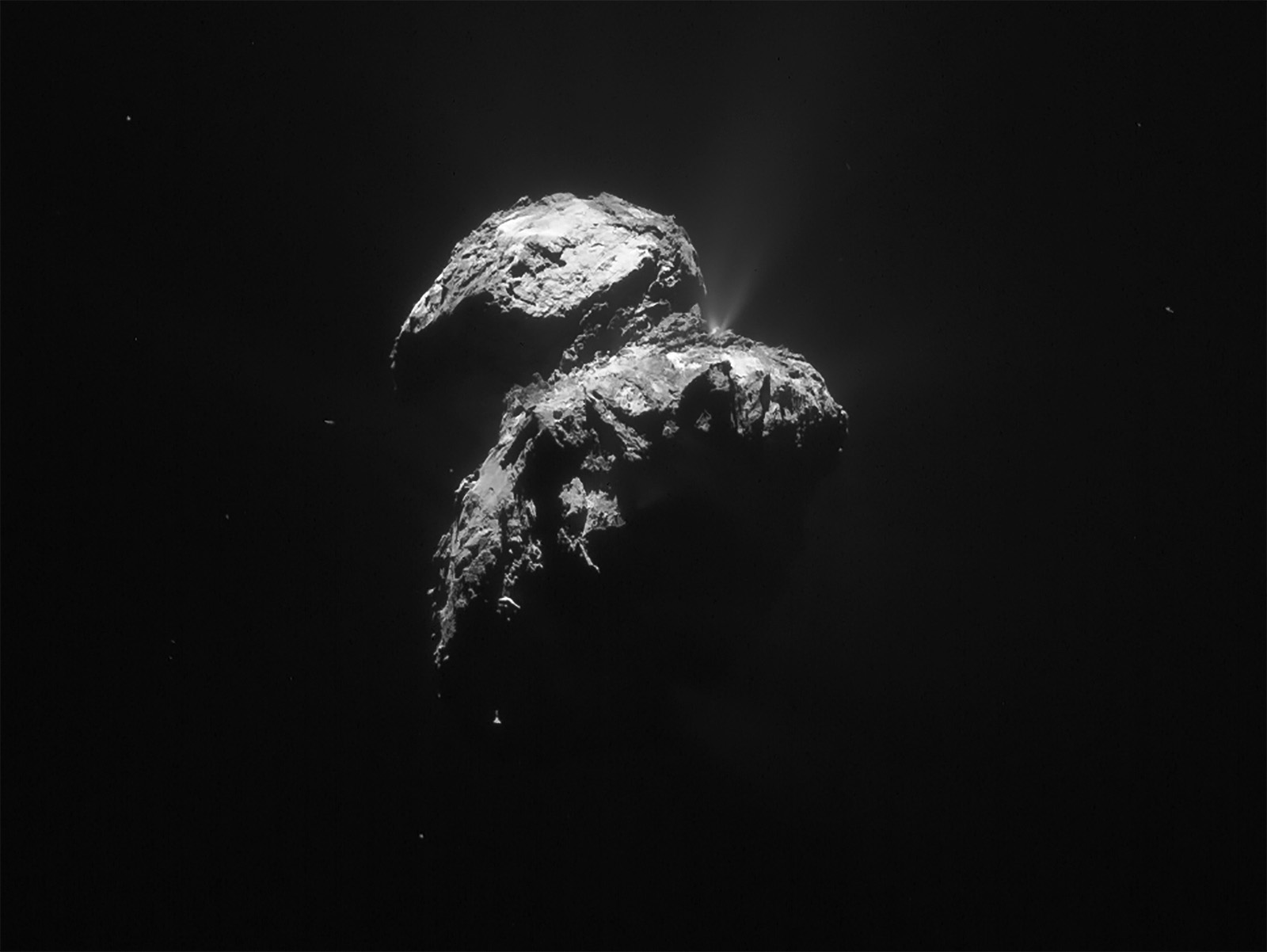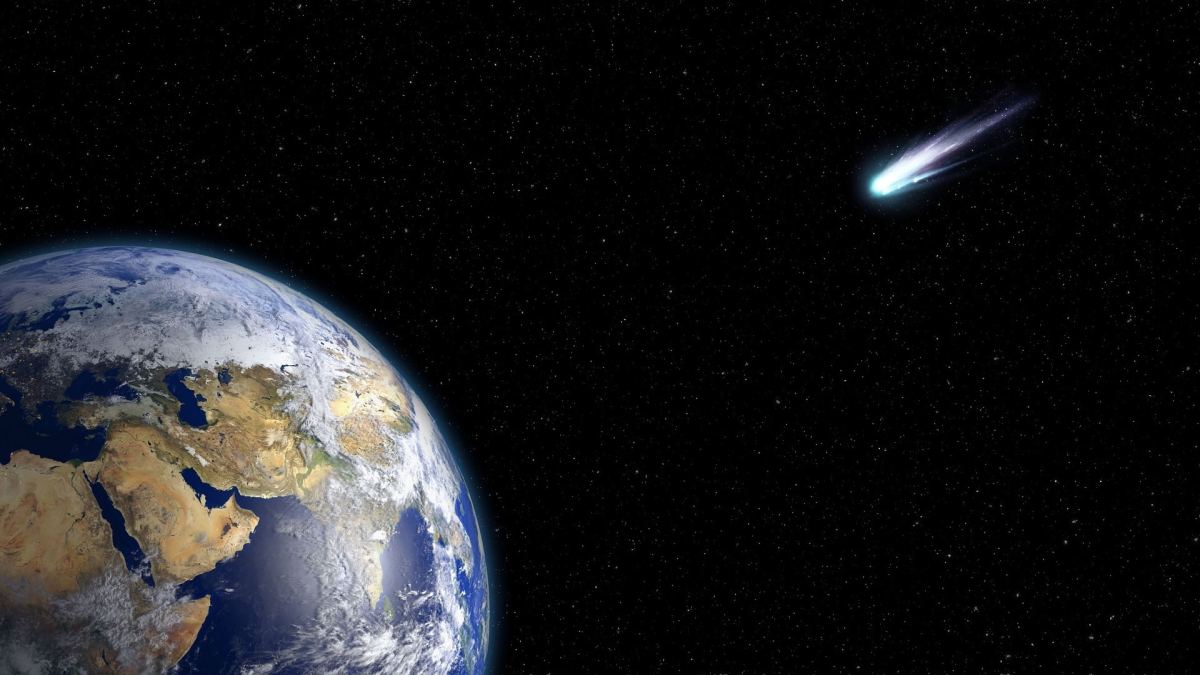Just when do comets get their signature coma? Conventional wisdom says it only happens when they get close enough to the sun, but new research suggests it starts when they are still beyond the orbit of the planets.
Continue reading “Comets Already Grow a Coma out in the Kuiper Belt”Jupiter has Added a Comet to its Trojan Collection
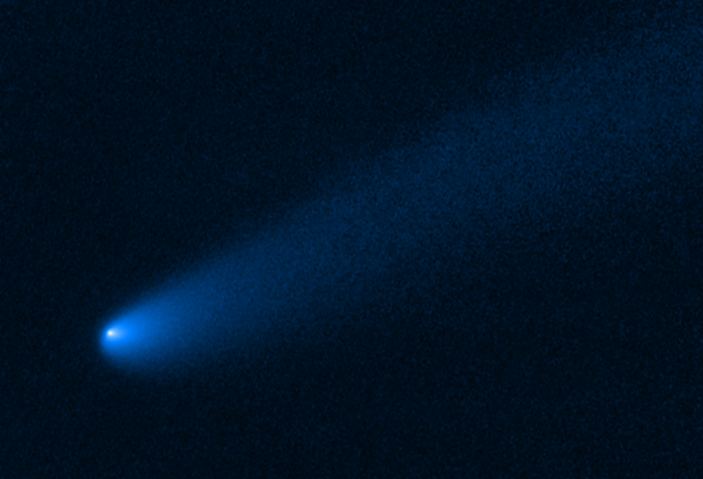
Jupiter is notorious for capturing objects that venture too close to the gas giant and its enormous pull of gravity. Asteroids known as Jupiter Trojans are a large group of space rocks that have been snared by the planet, which usually remain in a stable orbit near one of the Jupiter’s Lagrangian points.
But now, the Hubble Space Telescope has spotted a comet near Jupiter’s Trojan asteroid population. This is the first time a comet has been found in this region, and the team of scientists studying the object – named P/2019 LD2 (LD2) – think the unexpected comet is only a temporary visitor.
Continue reading “Jupiter has Added a Comet to its Trojan Collection”Did a Comet Wipe out the Dinosaurs?
About 66 million years ago a massive chunk of rock slammed into Earth in what is the modern-day Yucatan Peninsula. The impact extinguished about 75% of all life on Earth. Most famously, it was the event that wiped out the dinosaurs.
While mainstream scientific thought has pointed to an asteroid as the impactor, a new research letter says it could’ve, in fact, been a comet.
Continue reading “Did a Comet Wipe out the Dinosaurs?”Comet Records From 1240 Accurately Date When a Byzantine Princess Died
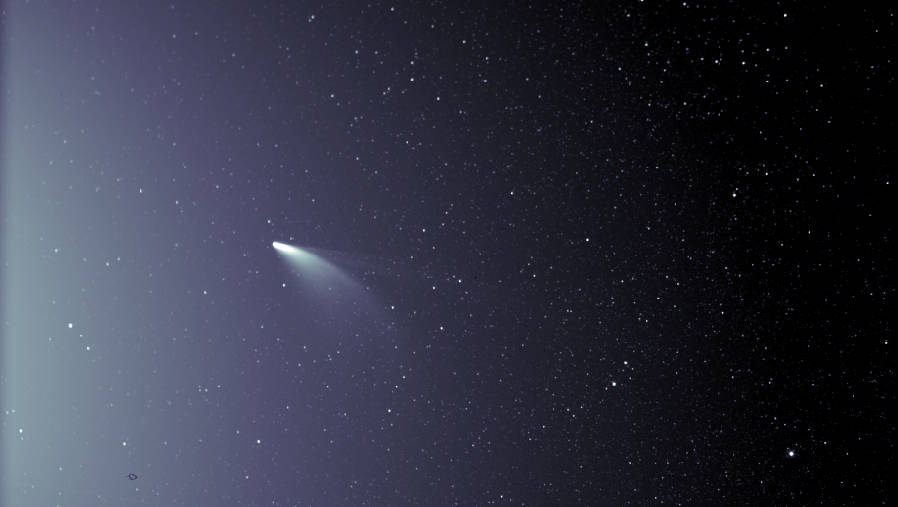
Rome was the world’s first mega-empire. At its height it stretched from Western Europe to the Middle East, and over 50 million souls lived within its borders. Some historians think that number could’ve been way higher, up to 100 million.
Rome got its start in the mid-8th century BC. It took centuries for that small city to grow into the Roman Empire, which reached its peak around AD 100. A well-known cliche reminds us how long that took.
But the Roman Empire also took centuries to fracture and dissolve.
Continue reading “Comet Records From 1240 Accurately Date When a Byzantine Princess Died”Solid Phosphorus has been Found in Comets. This Means They Contain All the Raw Elements for Life
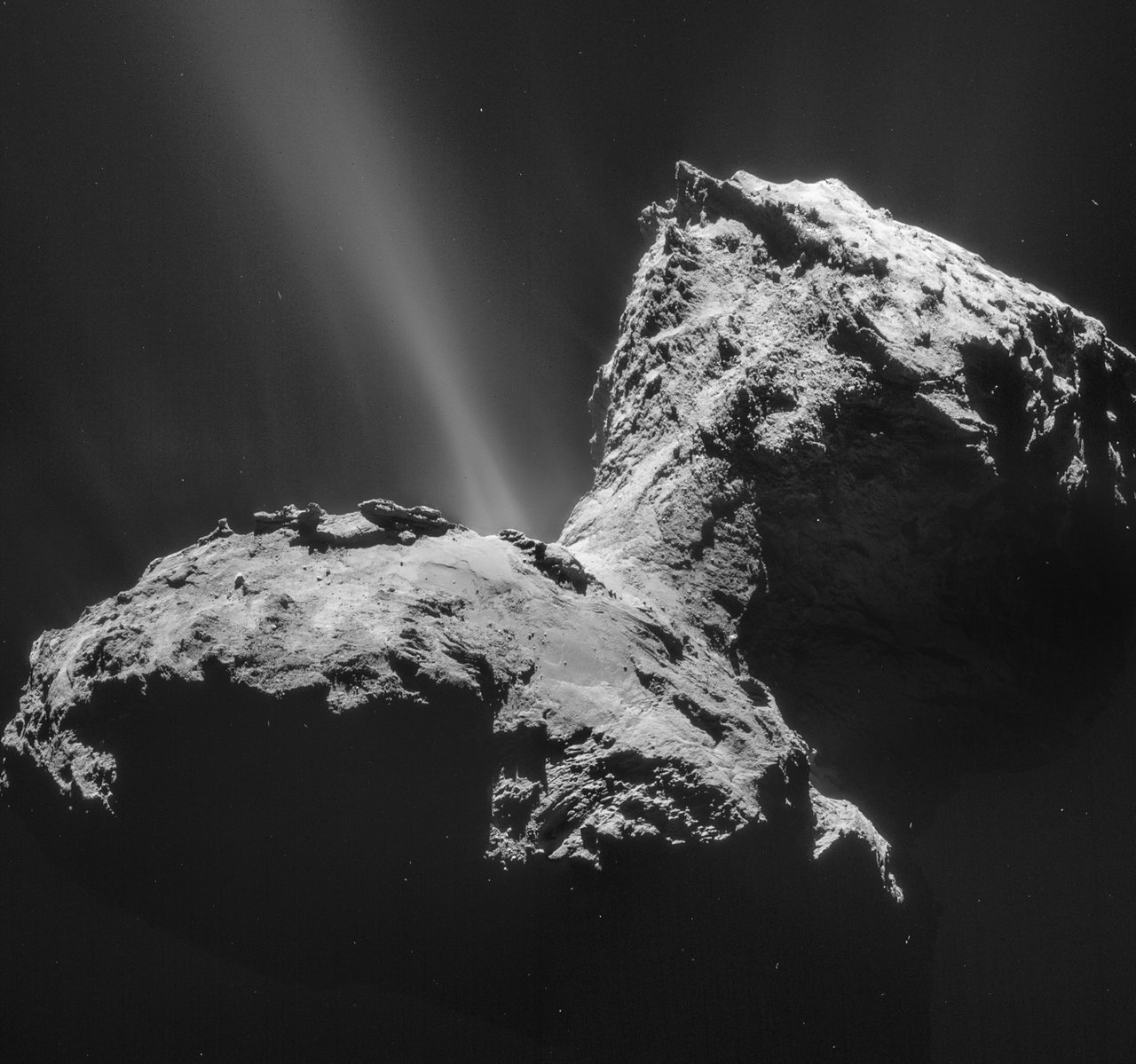
Did comets deliver the elements essential for life on Earth? It’s looking more and more like they could have. At least one comet might have, anyway: 67P/Churyumov–Gerasimenko.
A new study using data from the ESA’s Rosetta mission shows that the comet contains the life-critical element phosphorous.
Continue reading “Solid Phosphorus has been Found in Comets. This Means They Contain All the Raw Elements for Life”One of the Building Blocks of Life Can Form in the Harsh Environment of Deep Space Itself. No Star Required

In many ways, stars are the engines of creation. Their energy drives a whole host of processes necessary for life. Scientists thought that stellar radiation is needed to create compounds like the amino acid glycine, one of the building blocks of life.
But a new study has found that glycine detected in comets formed in deep interstellar space when there was no stellar energy.
Continue reading “One of the Building Blocks of Life Can Form in the Harsh Environment of Deep Space Itself. No Star Required”The Solar System has a second plane where objects orbit the Sun
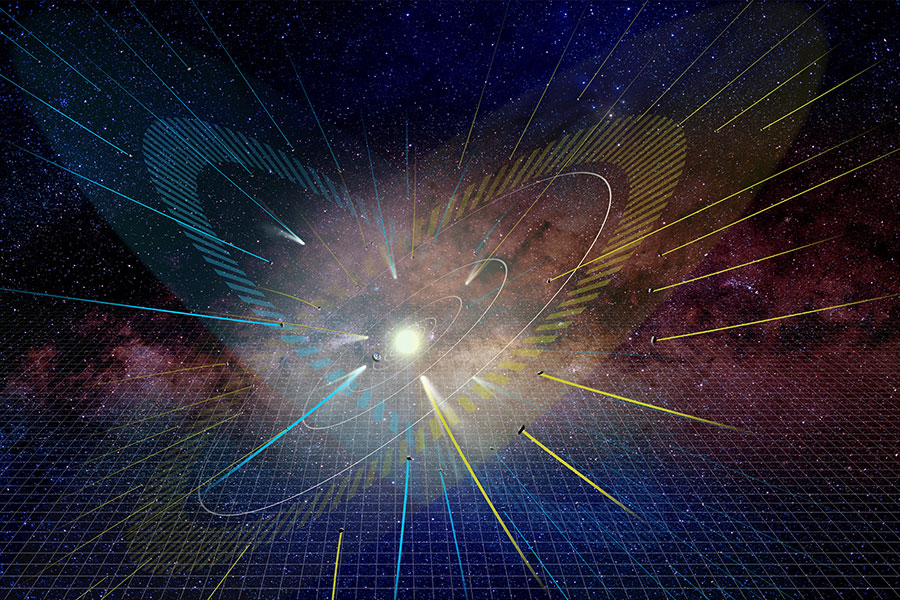
Almost all the objects orbiting the sun live in a particular plane, called the ecliptic plane. But a recent analysis of long-period comets reveals a second home, a so-called “empty ecliptic”. And it may be populated with comets dragged there by none other than the gravity of the Milky Way galaxy.
Continue reading “The Solar System has a second plane where objects orbit the Sun”Okay, New Idea. Oumuamua is an Interstellar “Dust Bunny”
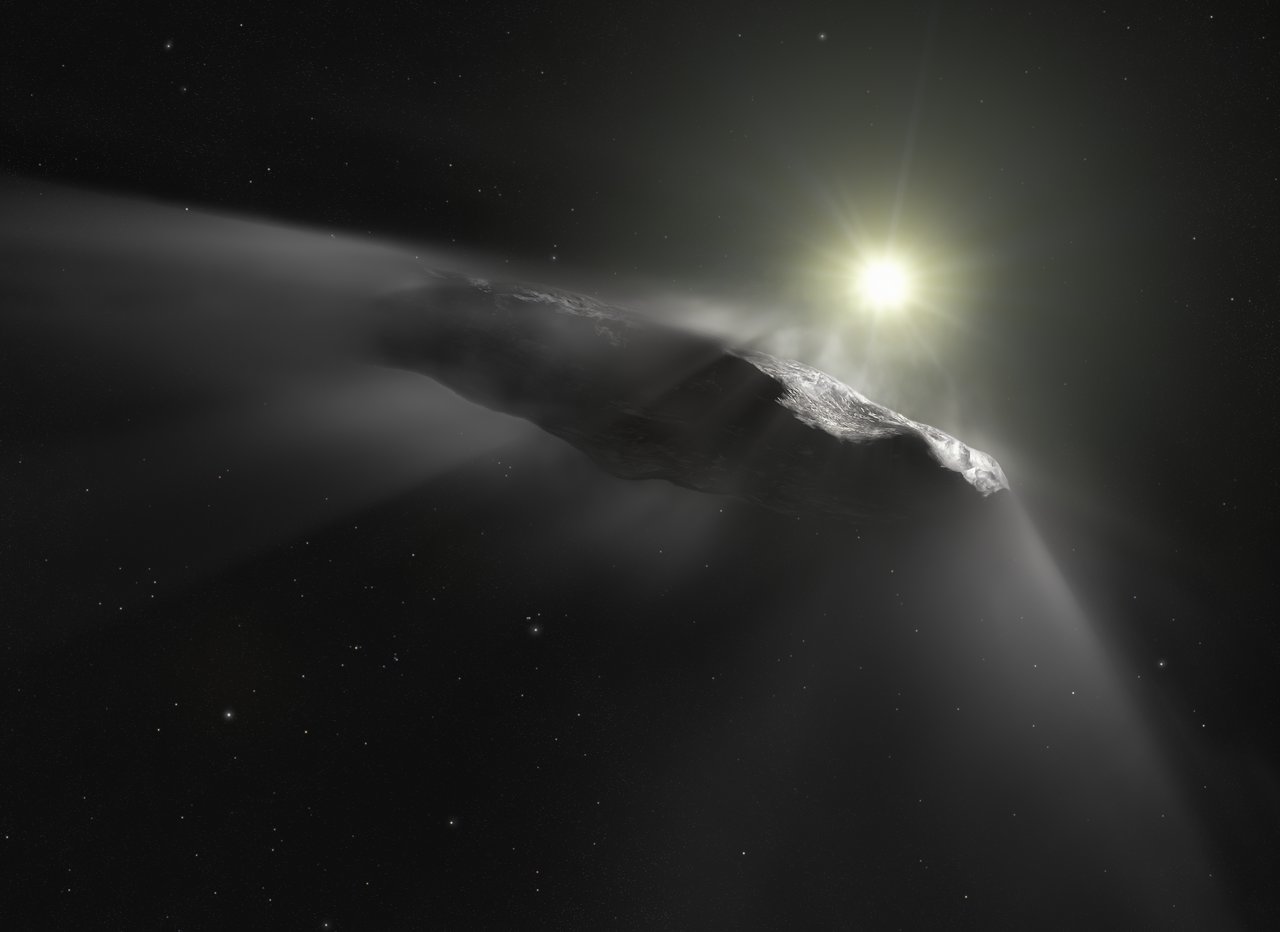
Explaining the concept of a dust bunny to small children can be quite amusing. No, it’s not actually alive. It’s moving around because of really small currents of wind that we can’t even see. It’s mainly formed out of dead skin and spider webs. No, the spiders don’t actually eat the dead skin. Most of the time.
Now take that same concept of a bunch of particles stuck together, scale it up a few orders of magnitude, and put it in space. Though it’s still not alive, it would be blown by solar radiation rather than the winds. And instead of being made out of skin and spider webs, it could be made up of cometary dust particles. That is what scientists think our first detected visitor from another star might be – an interstellar dust bunny.
Continue reading “Okay, New Idea. Oumuamua is an Interstellar “Dust Bunny””Everyone Took Pictures of Comet NEOWISE, Including Hubble
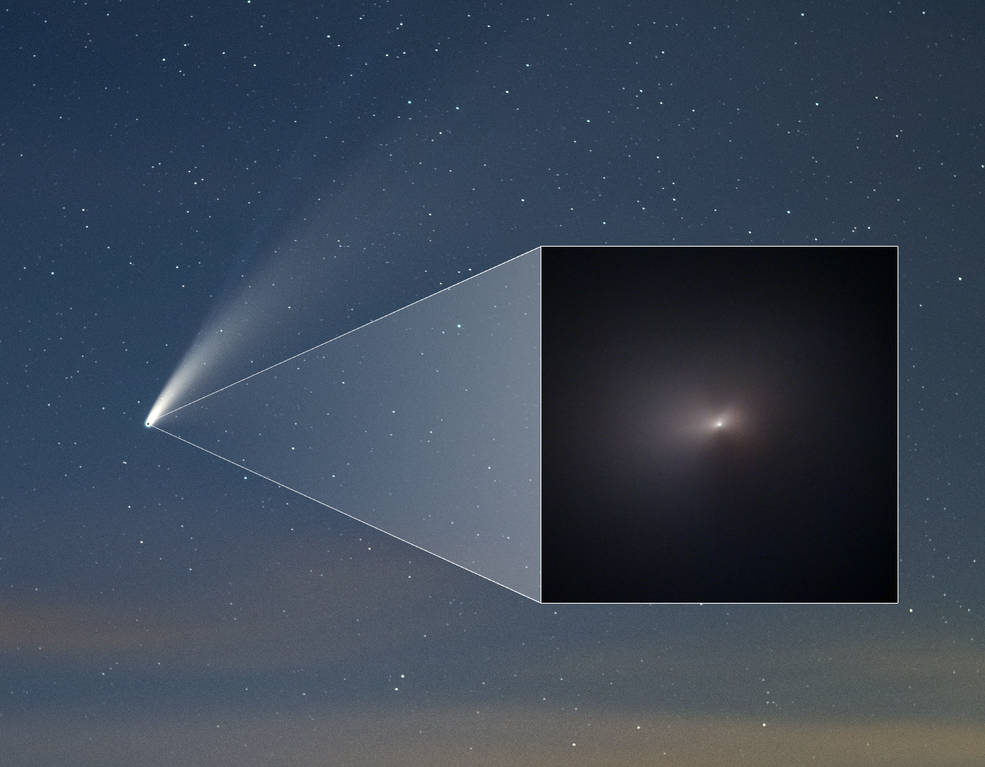
This summer we were (finally) treated to a spectacular, naked-eye comet, C/2020 F3 NEOWISE. And while seeing it with our own eyes was a joy, it was incredible to see the varied photos of NEOWISE taken by people around the world, showing the comet’s long gossamer tails, filled with detail and color. (See our gallery of images here.)
Now, the Hubble Space Telescope has released a high-resolution image of NEOWISE. However, it might not be the view you may have expected.
Continue reading “Everyone Took Pictures of Comet NEOWISE, Including Hubble”Parker Solar Probe Gives a Unique Perspective on Comet NEOWISE

Comet watchers have enjoying the newly-discovered NEOWISE comet since it was first spotted in March 2020. Now that it’s visible with the naked eye, in dark sky conditions, all kinds of Earthly observers are checking the visitor out.
But NASA’s Parker Solar Probe has another view of the comet, one denied to Earth-bound observers.
Continue reading “Parker Solar Probe Gives a Unique Perspective on Comet NEOWISE”
